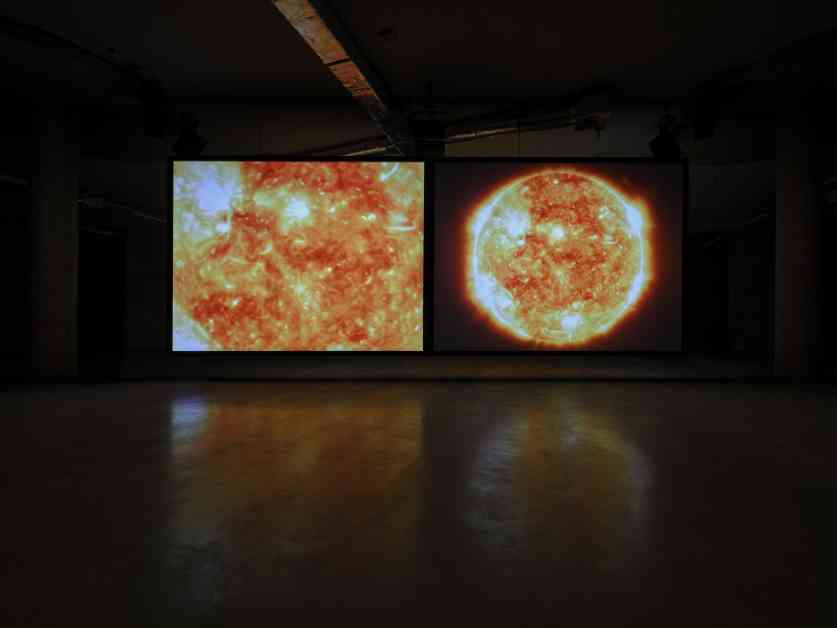Exploring the Intriguing Themes of Sunshine and Intimate Acts in The Moviegoer
The Moviegoer chronicles the experiences of a local film enthusiast who delights in discovering the gems of Chicago’s independent and underground film scene. However, this passion for cinema expands beyond just traditional movies to encompass the captivating world of moving images in various forms, including immersive installations. One such recent experience involved a visit to New York City to witness the U.S. debut of British filmmaker and video artist Steve McQueen’s latest installation, Sunshine State (2022), at Dia Chelsea.
Sunshine State is a two-channel, dual-sided video projection that immerses viewers in a narrative centered around McQueen’s father, Philbert, an immigrant from Grenada who faced adversity while working in Florida’s orange groves in the 1950s. The installation skillfully weaves together themes of race, violence, and memory, juxtaposing images of the scorching Florida sun with footage from the controversial film, The Jazz Singer (1927), featuring Al Jolson in blackface. Through McQueen’s poignant narration and visual storytelling, viewers are prompted to confront the complexities of history and identity, as well as the lasting impact of past traumas on individuals and communities.
Intriguingly, McQueen employs a unique storytelling technique by gradually revealing and then omitting certain parts of his father’s narrative in subsequent retellings. This deliberate choice, combined with the unsettling juxtaposition of the voiceover and visual imagery, creates a thought-provoking experience that challenges viewers to reflect on the power of representation and erasure in shaping collective memory.
Exploring Taboo and Artistic Expression in Andy Warhol’s Films
Beyond the realm of traditional cinema, my exploration of the art world led me to the Museum of Sex in New York City, where I encountered an exhibition showcasing early film works by the iconic artist Andy Warhol. Among the featured films were notable pieces like Blow Job (1964) and Sleep (1963), which pushed the boundaries of artistic expression and challenged societal taboos.
Blow Job, despite its provocative title, subverts expectations by presenting a restrained and enigmatic portrayal of a young man receiving fellatio offscreen. Warhol’s deliberate choice to obscure the explicit act itself and focus on the man’s passive demeanor invites viewers to contemplate themes of voyeurism, desire, and the unseen. Similarly, Sleep, a nearly six-hour film capturing Warhol’s partner John Giorno in a state of slumber, challenges conventional notions of narrative and duration in cinema, prompting viewers to reevaluate their perceptions of time and observation.
Through these experimental and boundary-pushing works, Warhol invites audiences to engage with art in unconventional ways, prompting introspection and dialogue about the intersection of aesthetics, desire, and societal norms. By embracing the subversive and the enigmatic, Warhol’s films continue to provoke thought and spark conversations about the nature of art and its capacity to challenge and redefine cultural boundaries.
As I reflect on these immersive experiences in the worlds of Steve McQueen and Andy Warhol, I am reminded of the profound impact that art and cinema can have in shaping our understanding of the world around us. By delving into controversial themes, pushing artistic boundaries, and inviting viewers to engage with complex narratives, these visionary artists challenge us to confront uncomfortable truths, question established norms, and explore the intricacies of human experience through the lens of moving images. Until next time, fellow moviegoers, may we continue to seek out the transformative power of cinema and art in all its diverse forms.


